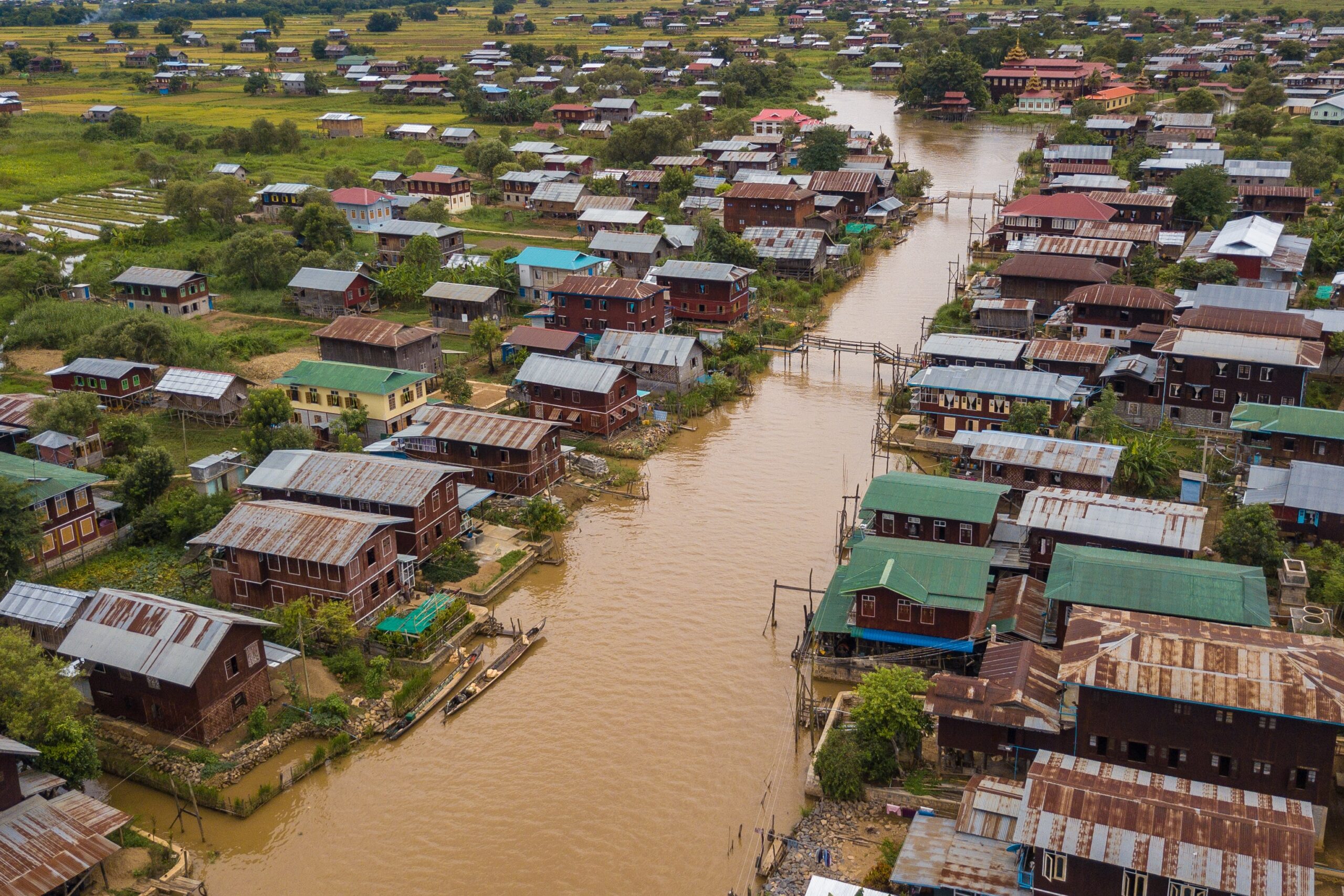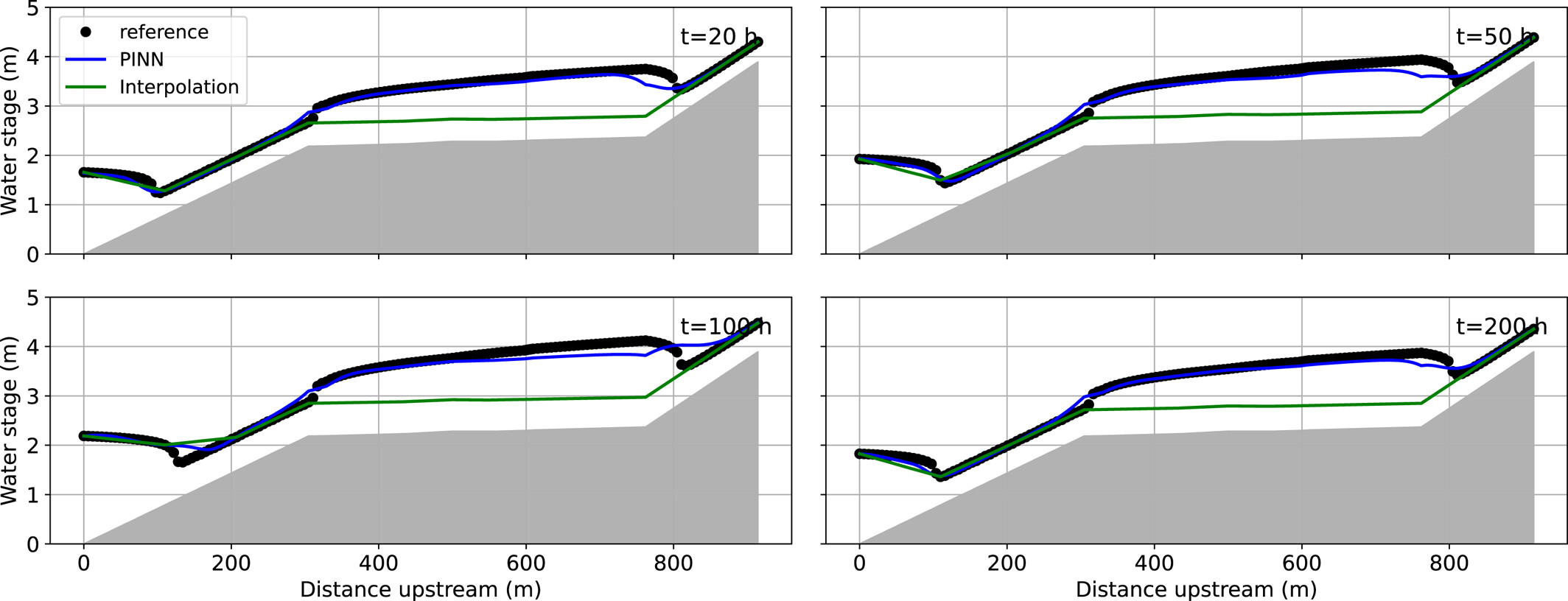Downscaling a Large-Scale River Model Using Deep Learning
Researchers developed a data-assimilation method based on physics-informed deep learning to resolve downscaled flow fields within a large-scale river model.
The Science
Representing flow dynamics, particularly near river-ocean interfaces, is challenging for large-scale river models. This results in less accurate simulated flood inundation. In this work, researchers proposed a deep learning approach to provide more accurate flood solutions for subregions of a large-scale model. They combined solutions from the large-scale model and all available observational data. Results of the new approach show reasonable accuracy compared with observations and significant improvements over the conventional method.
The Impact
Large-scale river models cannot currently resolve the complex flow dynamics over coastal regions given their low-resolution computational meshes and approximations in their governing physics. To overcome these limitations, this study proposes a new deep learning approach that integrates flow physics, large-scale model solutions, and observations. It provides an efficient and dynamic water depth solution at subregions of interest. The method presents a valuable machine learning tool for supplementing large-scale models and characterizing river-ocean dynamics in Earth system modeling.

Figure 1. A physics-informed neural network can be used to obtain the downscaled solution of a large-scale river model by solving one-dimensional flow equations and assimilating the numerical solution from the large-scale model, remote sensing images, and in situ measurements. See the detailed caption in the paper Feng et al., 2023
Large-scale river models have been applied to coastal regions to improve scientific understanding of coastal processes, hazards, and responses to climate change. However, coarse mesh resolutions and approximations in the physical representations of tidal rivers limit the performance of such models for resolving complex flow dynamics, especially near the river-ocean interface. This study proposes a physics-informed machine learning model to simulate the downscaled flow at the subgrid scale (Fig. 1). For the special case of flood wave propagation induced by a storm surge and periodic tide, researchers devised a new neural network architecture based on Fourier feature embeddings. The machine learning model can assimilate various types of observations and directly solve the flow’s governing equation, resulting in satisfactory water depth solutions with limited observations. The model outperforms the conventional method in downscaling the flow dynamics at the subgrid scale (Fig. 2). This study provides a promising path toward improving emulation capabilities that will enable large-scale models to characterize fine-scale coastal processes.
Publication
- Feng, Dongyu, Zeli Tan, and QiZhi He. 2023. “Physics‐Informed Neural Networks of the Saint‐Venant Equations for Downscaling a Large‐Scale River Model”. Water Resources Research 59 (2). American Geophysical Union (AGU). doi:10.1029/2022wr033168.
Funding
- This work was supported by the Earth System Model Development program area of the Department of Energy, Office of Science, Biological and Environmental Research program.
Contact
- Ian Kraucunas, Pacific Northwest National Laboratory
This article is a part of the E3SM “Floating Points” Newsletter, to read the full Newsletter check:




